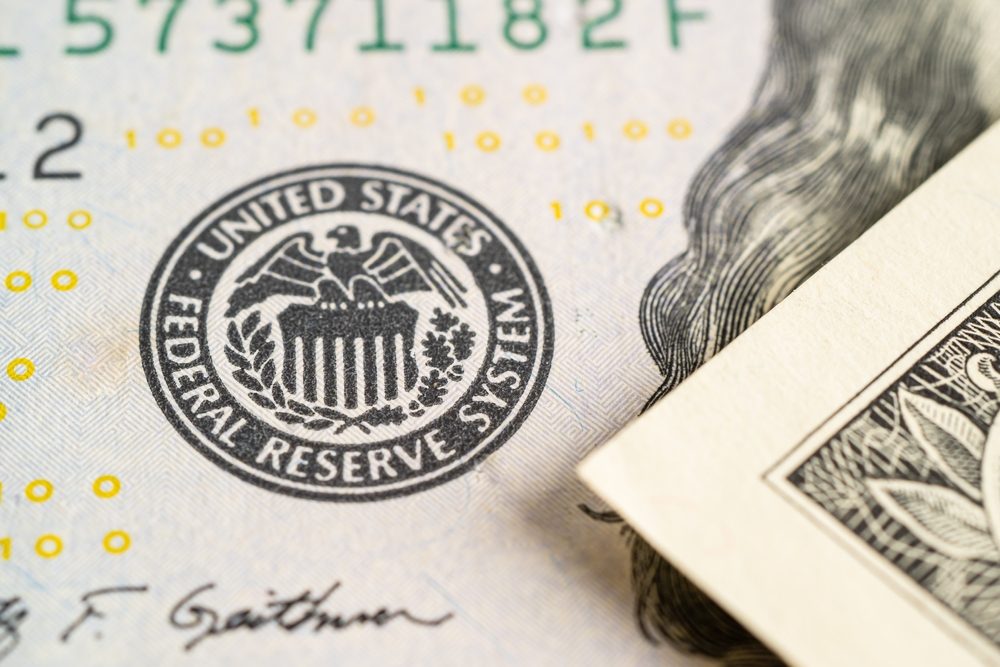
Most retirees watch the Federal Reserve for interest rate changes—but something quieter is happening behind the scenes. The Fed’s latest policy adjustments could affect savings accounts, CDs, and bond returns even without an official rate cut. These small technical shifts in how the Fed manages liquidity and bank reserves are already rippling through retirement portfolios. Many seniors don’t realize their yields can drop before the Fed ever announces a rate move. The question is: how can retirees protect themselves when the game changes without headlines?
The Fed’s “Balance Sheet Normalization” Isn’t So Normal
The Federal Reserve’s balance sheet has been shrinking as it sells or allows bonds to mature—a process called “quantitative tightening.” While the Fed isn’t cutting interest rates yet, reducing its bond holdings pulls money out of circulation. That lowers liquidity in the financial system, meaning banks have less cash to offer attractive savings rates. As a result, yields on money market funds and short-term CDs are beginning to soften even while official rates stay high. This subtle tightening works like a “shadow rate cut,” slowly reducing what savers earn without public fanfare.
Why Banks Are Quietly Paying You Less
Banks set deposit rates based on what they can earn by lending money or parking funds with the Fed. When the Fed lowers the interest on reserve balances (IORB)—the rate it pays banks to hold excess cash—financial institutions start lowering what they pay you, too. The Fed has recently adjusted its internal reserve rates, prompting banks to quietly trim high-yield savings offers. These moves don’t make front-page news because they’re “technical,” not policy-driven. But retirees relying on 5% savings yields could soon see returns dip closer to 3.5%, even without a formal announcement.
Bond Funds May Face Price Swings Again
Retirees holding bond mutual funds or ETFs might see renewed volatility. As the Fed adjusts its balance sheet, Treasury yields can fluctuate unpredictably. Even a minor shift in the Fed’s open market operations can change how investors price long-term bonds. When yields rise slightly, bond prices fall—hurting retirees who depend on fixed-income stability. Many thought the worst was over after 2022’s rate hikes, but liquidity tightening could trigger new dips in portfolio value, especially for those in bond-heavy retirement accounts.
Money Market Funds Aren’t Immune Either
Money market funds typically mirror short-term interest rates, so they’re often seen as “safe yield” havens. But when the Fed drains liquidity, the supply of short-term securities shrinks. That can push yields down even if the federal funds rate stays the same. Fund managers are rotating to lower-yield instruments as overnight repo rates slide. The change is subtle—perhaps just a few basis points at first—but retirees with large cash reserves will feel the cumulative impact over months. The danger is complacency: assuming your money is still working hard when, in reality, it’s quietly earning less.
Retirees Could Lose Ground to Inflation Again
Lower yields paired with steady inflation mean purchasing power erosion resumes faster than expected. If inflation remains around 3% but savings rates slip below 4%, retirees effectively earn almost nothing after taxes. Some economists believe the Fed may tolerate “mildly negative real yields” to stabilize debt markets. For retirees, that means watching expenses rise while income stagnates—an invisible pay cut for anyone living off fixed returns. Those relying solely on interest income or annuities indexed to Treasury rates will be the first to feel the pinch.
How to Stay Ahead of Fed Policy Shifts
Staying nimble matters more than ever. Retirees should diversify between short-term and long-term instruments rather than parking all cash in one yield-chasing product. Laddering CDs, mixing Treasury bills with municipal bonds, and exploring fixed indexed annuities can cushion the impact of policy drift. Some financial advisors also recommend keeping a small allocation to dividend-paying stocks for inflation protection. Before assuming yields are stable, check the latest FOMC meeting minutes—those quiet details often reveal more than the headlines.
The Hidden Cost of “No Change”
Sometimes, the most dangerous Fed policy is silence. Even without a publicized rate cut, subtle internal moves can reduce retirees’ real income. Staying informed about liquidity operations, reserve rate changes, and balance sheet trends helps protect against financial surprises. Retirees who monitor where their returns come from—not just what percentage they earn—will fare better in this new “invisible policy” era. Have you noticed your bank yields slipping lately, even though the Fed hasn’t announced a rate change?
Have your savings account or CD rates started to decline without explanation? Share your experience in the comments—your story might help other retirees understand how hidden Fed policies impact real-world savings.
You May Also Like…
- 5 Home Equity Line Pitfalls Seniors in California Didn’t Expect
- 4 Parent PLUS Loan Forgiveness Programs Varying by State Boomers Miss Out On
- 10 Retirement Strategies That Leave Couples Financially Stranded in Their 60s
- The IRS Can Now Touch More Than Your Bank Account: Here’s What You Should Know
- 7 Net Worth Myths That Fool Middle-Class Households

Teri Monroe started her career in communications working for local government and nonprofits. Today, she is a freelance finance and lifestyle writer and small business owner. In her spare time, she loves golfing with her husband, taking her dog Milo on long walks, and playing pickleball with friends.
Comments